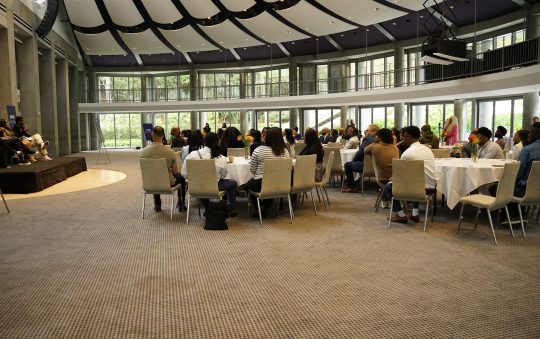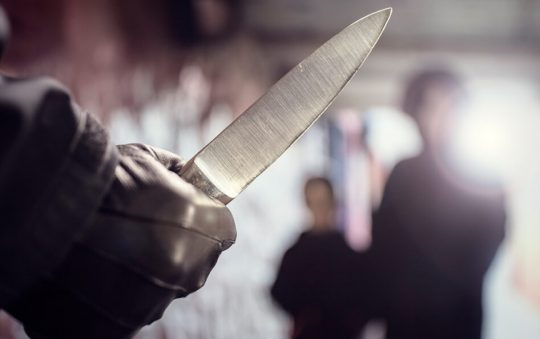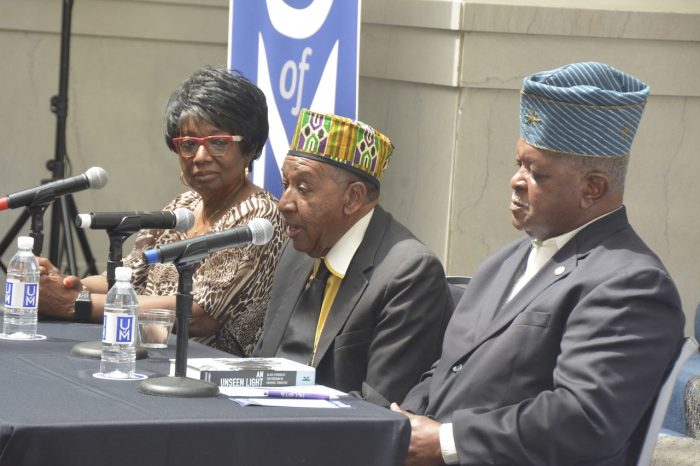
Fifty years ago, Carolyn Goodwin-Willett was a young, scared student thrust into the spotlight as a student activist at then-Memphis State University. Now? Goodwin-Willett is proud of her actions as a Black Student Association member that eventually brought about change to what is now the University of Memphis.
“I had the opportunity to come back to this campus in 2004 and work on my master’s. Totally different experience from when I was here in 1966. I was a scared student. I was 17 years old and you were going into classrooms where the entire class would look to the other side of the room and you were the only black student in there.
“It was scary. We didn’t have a lot of choices. Most of us were first generation for our family and they were dependent on us.”
Goodwin-Willett and her fellow BSA members from that time were the subject of a April 12 panel discussion on campus that was moderated by Shirletta Kinchen, author of “Black Power in the Bluff City: African American Youth and Student Activism in Memphis,” which is centered around the Black Student Association sit-in and other historical events in Memphis.
“If not for this book or chapter (1969 sit-in chapter of the book), I’m not sure we would understand the accentuality of that experience of history,” said Aram Goudsouzian, chair of UM’s history department.
On April 23, 1969, 75 BSA members at the University of Memphis staged a sit-in at then-President Cecil Humphreys’ office because he refused to provide $1,750 to bring U.S. Rep. Adam Clayton Powell Jr., the first Black person to be elected from New York to Congress, to speak to the association.
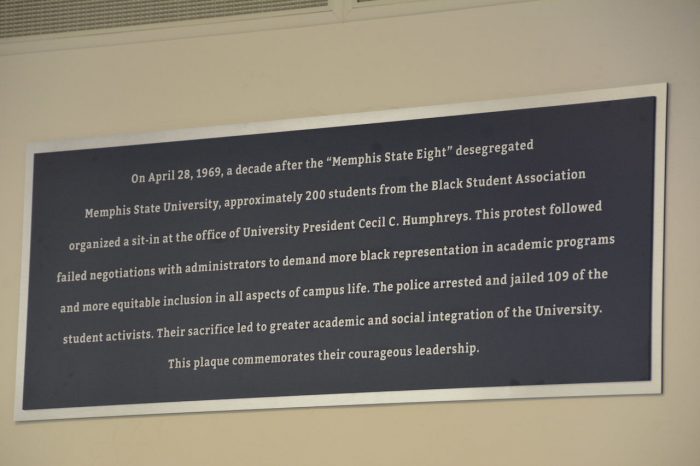
After the first sit-in, BSA garnered support from the Memphis chapter of the National Association for the Advancement of Colored People (NAACP) and the Community on the Move for Equality (COME). COME had been active in supporting the 1,300 sanitation strikers the year before.
Describing his experience at that time, David Acey, the first president of the BSA, said, “I came here in 1965 and it was terrible. My first semester, there were less than 100 students here. We had no participation in any of the social activity here or anything on campus, no football players, no teachers, no workers in the library.”
With help from the outside organizations, the students would stage a second sit-in on April 28, 1969. Similar to the last protest, police were called. This time the students refused to leave and all 109 were charged and jailed. While the charges were eventually dismissed, blacks continued to demand integration upon campus life.
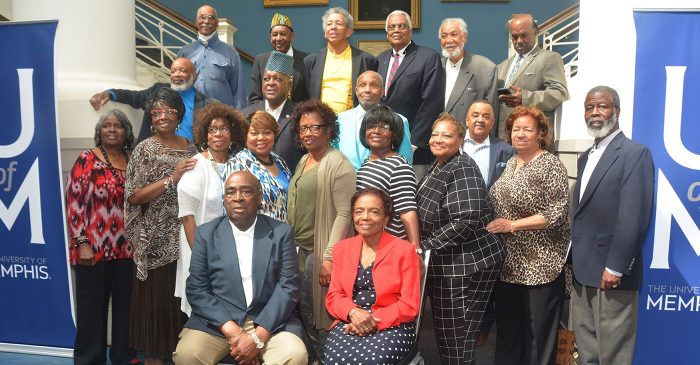
Despite her undergraduate experience being one of fear, Goodwin-Willett said when she looks back, she’s happy for diversity and inclusion that the BSA created.
“I look at the doors we opened when we came here. We opened doors to have a BSA. We opened doors and had the first black professor here. Not only did we open the doors for the black professor but when she came, she held the door open.”
James De’Ke Pope, the second president of BSA, said BSA also helped those in the community voicing their concerns.
“I wanted to establish a relationship with high school students, especially those that mentioned they were interested in Memphis State. We started a summer school for those coming in and had book exchanges.”
In closing the panel discussion, Harry T. Cash III, assistant director of multicultural affairs and Kevyanna Rawls, president of Student Government Association, reflected on the long-lasting impact and influence of the former BSA members.
Cash recognized the members of the sit-in and blacks who have made contributions to the university community. Rawls cited the roles that have been filled by black students on the campus today and encouraged students to continue to fill those rolls.
Black Power in the Bluff City: African American Youth and Student Activism in Memphis can be purchased on Amazon.




